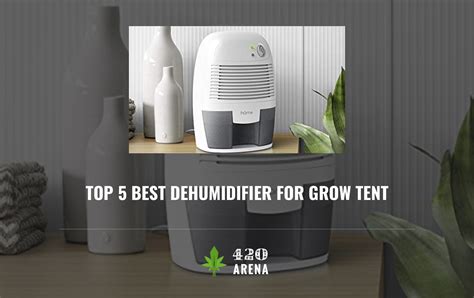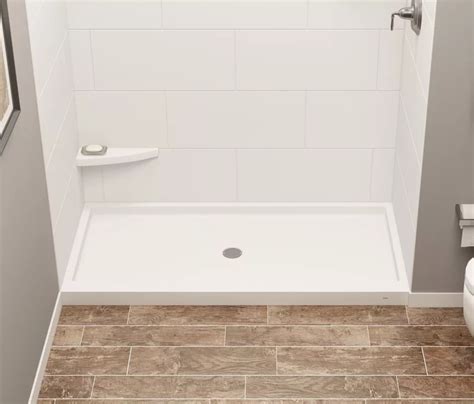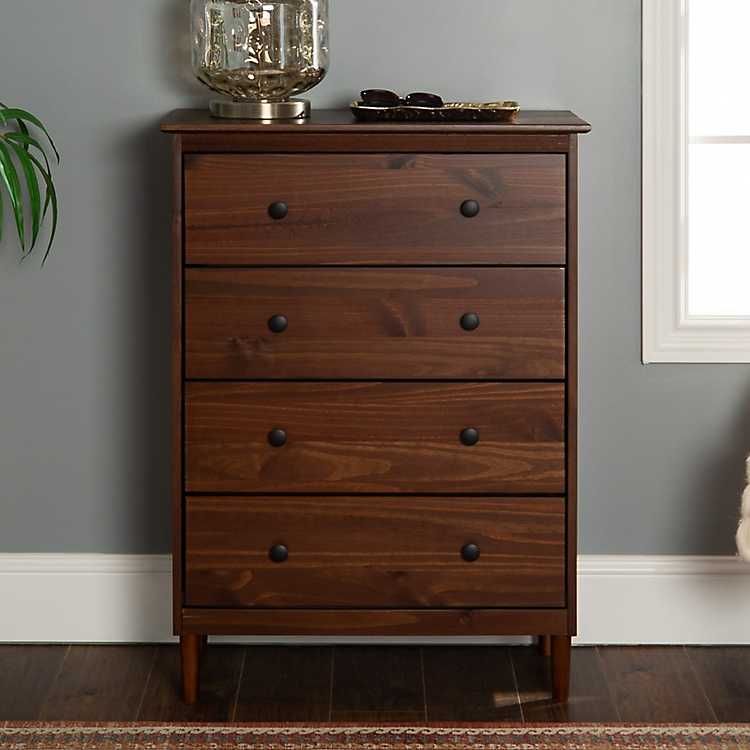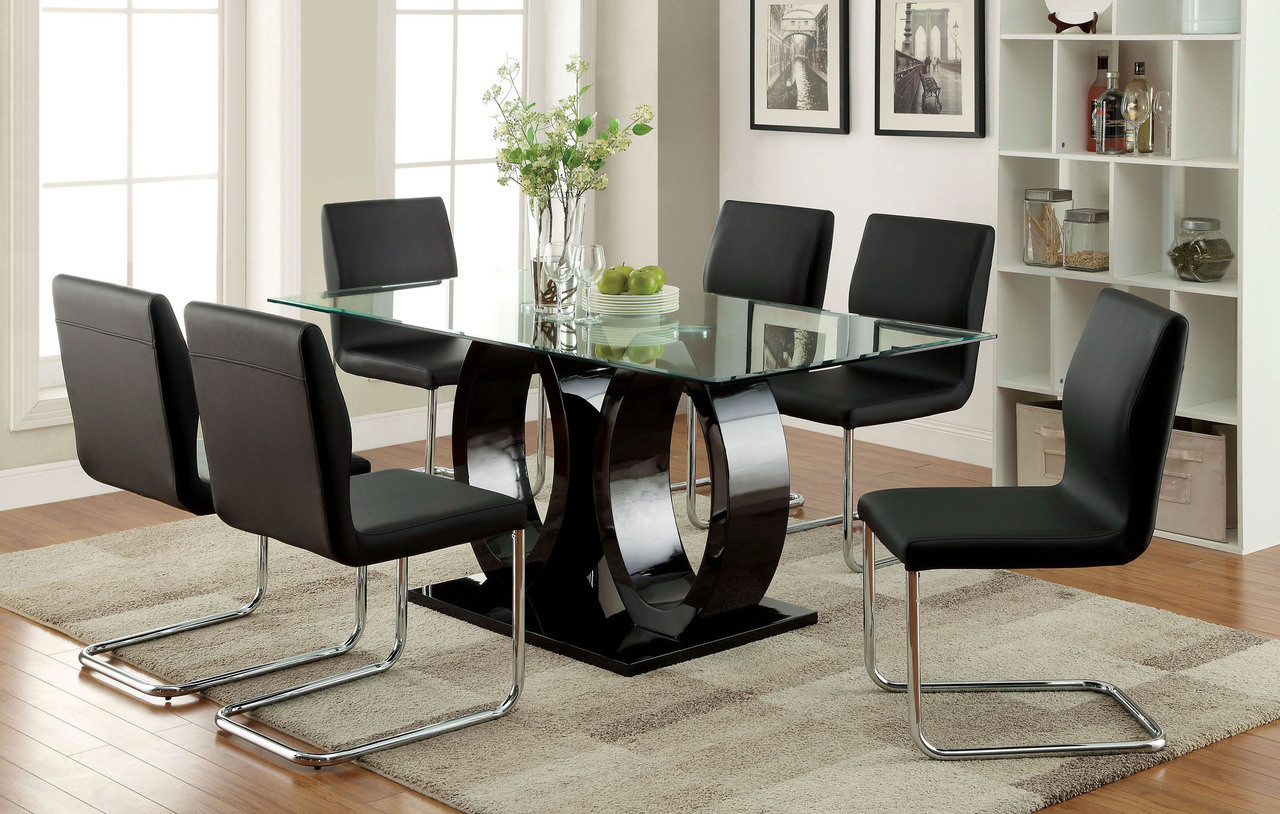Maintaining optimal humidity levels is crucial for successful indoor gardening, particularly in grow tents where environmental conditions can be tightly controlled. Both dehumidifiers and humidifiers play vital roles in this process, helping cultivators create the ideal atmosphere for plants to thrive. In this comprehensive guide, we will explore how to choose the right devices for your grow tent, ensuring your plants receive the best possible care.
Understanding the Importance of Humidity in Grow Tents
Humidity refers to the amount of moisture in the air. For plants, humidity levels significantly affect growth, health, and yield. Here are some key points to consider:
- Optimal Humidity Levels: Most plants thrive in humidity levels between 40% to 60%. However, some tropical plants may require higher levels, while others may do better at lower humidity.
- Effects of High Humidity: Excess moisture can lead to mold, mildew, and pests, which can damage or kill your plants.
- Effects of Low Humidity: Insufficient moisture can stress plants, causing wilting and stunted growth.
Understanding these dynamics is essential for effectively choosing a humidifier or dehumidifier for your grow tent.
Choosing the Right Dehumidifier
Dehumidifiers are essential for reducing excess moisture in the air, especially in environments where humidity can spike. Here are key factors to consider when selecting a dehumidifier:
1. Size and Capacity
The size of your grow tent will dictate the capacity of the dehumidifier you need. Dehumidifiers are rated based on the amount of moisture they can remove in 24 hours, typically measured in pints.
- Small Grow Tents (up to 4×4 feet): A dehumidifier with a capacity of 30-50 pints per day is typically sufficient.
- Medium Grow Tents (4×4 to 8×8 feet): Look for 50-70 pints per day.
- Large Grow Tents (over 8×8 feet): You may need a unit capable of 70+ pints per day.
2. Energy Efficiency
![[US Only] TERRAFORM 7, MultiFunctional Air Conditioner, with Heater](https://cathartic.blog/wp-content/uploads/2025/08/StorePhoto1__24265.1717715069.jpg)
Energy-efficient models can save you money in the long run. Look for the Energy Star rating, which indicates that the unit meets energy efficiency guidelines set by the U.S. Environmental Protection Agency.
3. Features to Consider
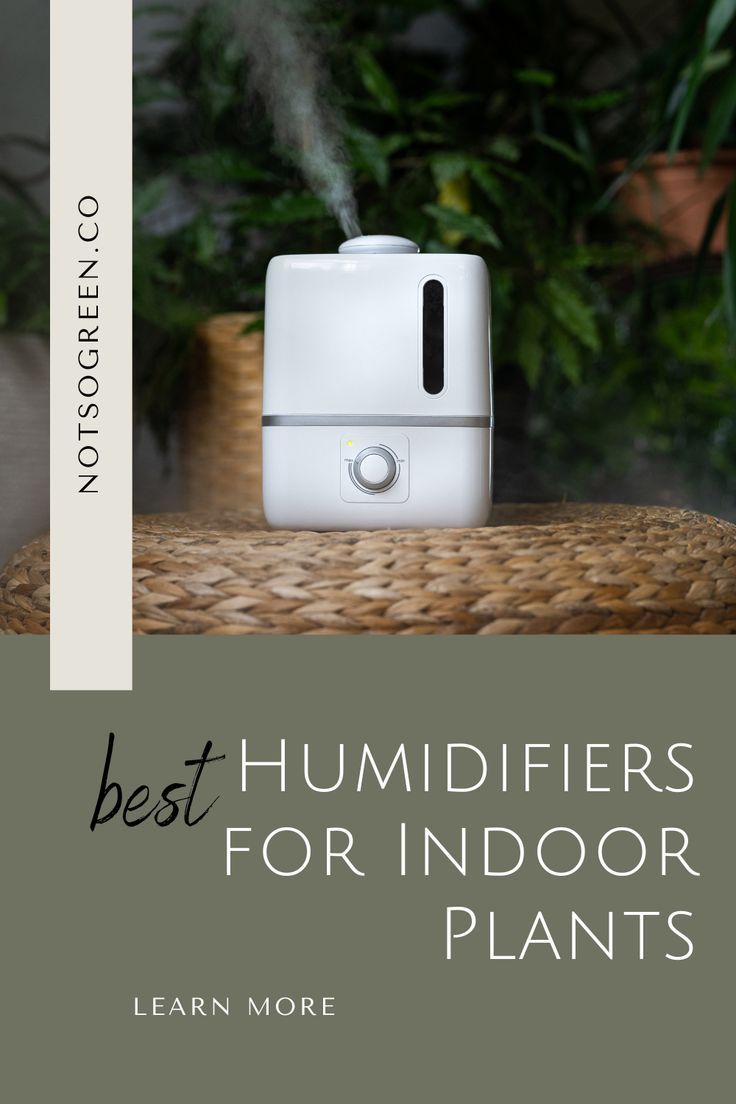
Modern dehumidifiers come with various features that can enhance usability:
- Automatic Humidity Control: Units that automatically adjust humidity levels based on your set preferences.
- Continuous Drainage Option: This feature allows for uninterrupted operation without needing to empty the water tank regularly.
- Built-in Hygrometer: A device that measures humidity levels, providing real-time feedback.
4. Noise Levels
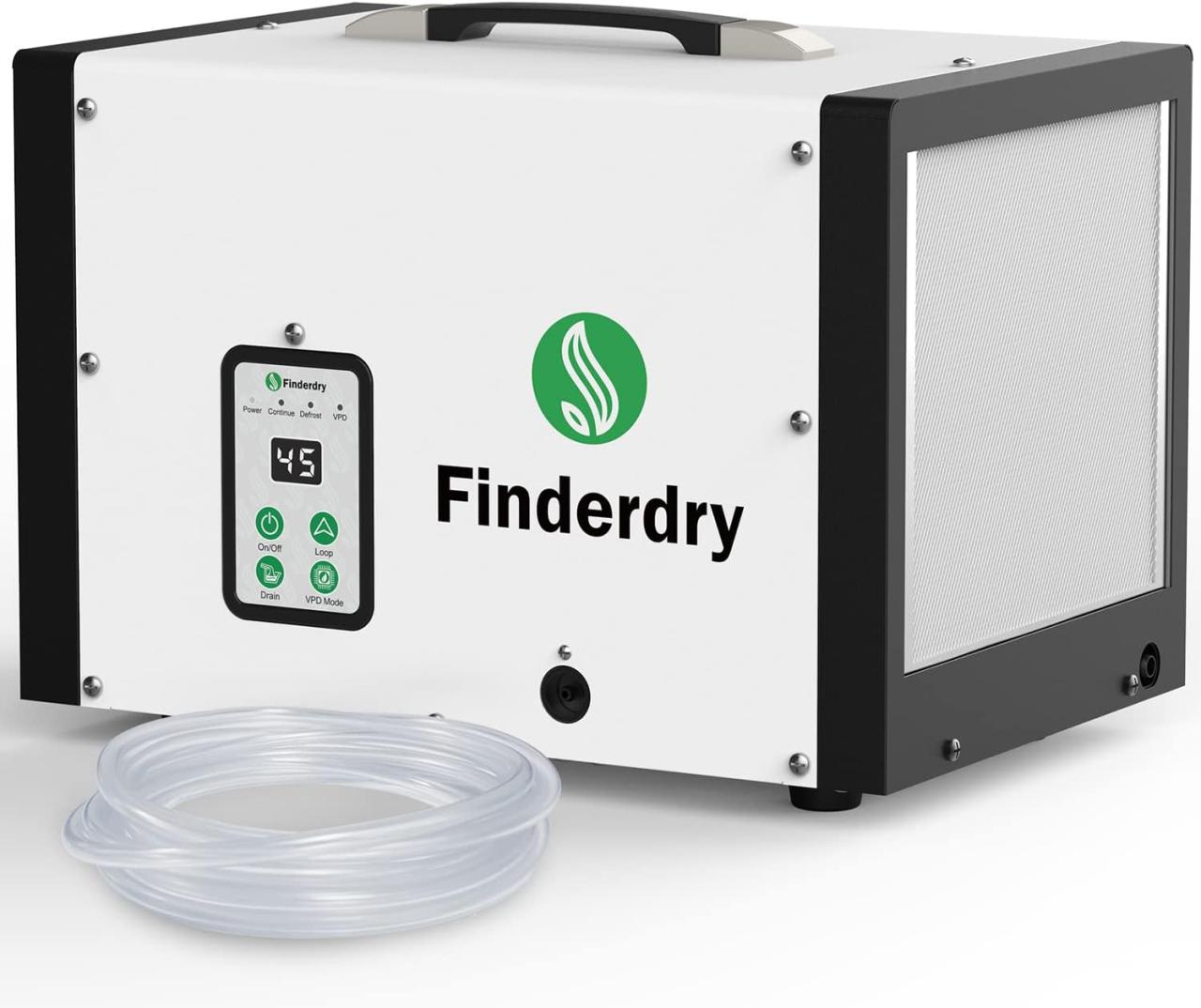
Consider the noise level of the unit, especially if your grow tent is located in a living area. Many dehumidifiers operate quietly, but checking the decibel rating can help ensure a peaceful environment.
Choosing the Right Humidifier
Just as dehumidifiers help remove excess moisture, humidifiers add humidity when levels are too low. Here’s what to look for in a humidifier:
1. Type of Humidifier
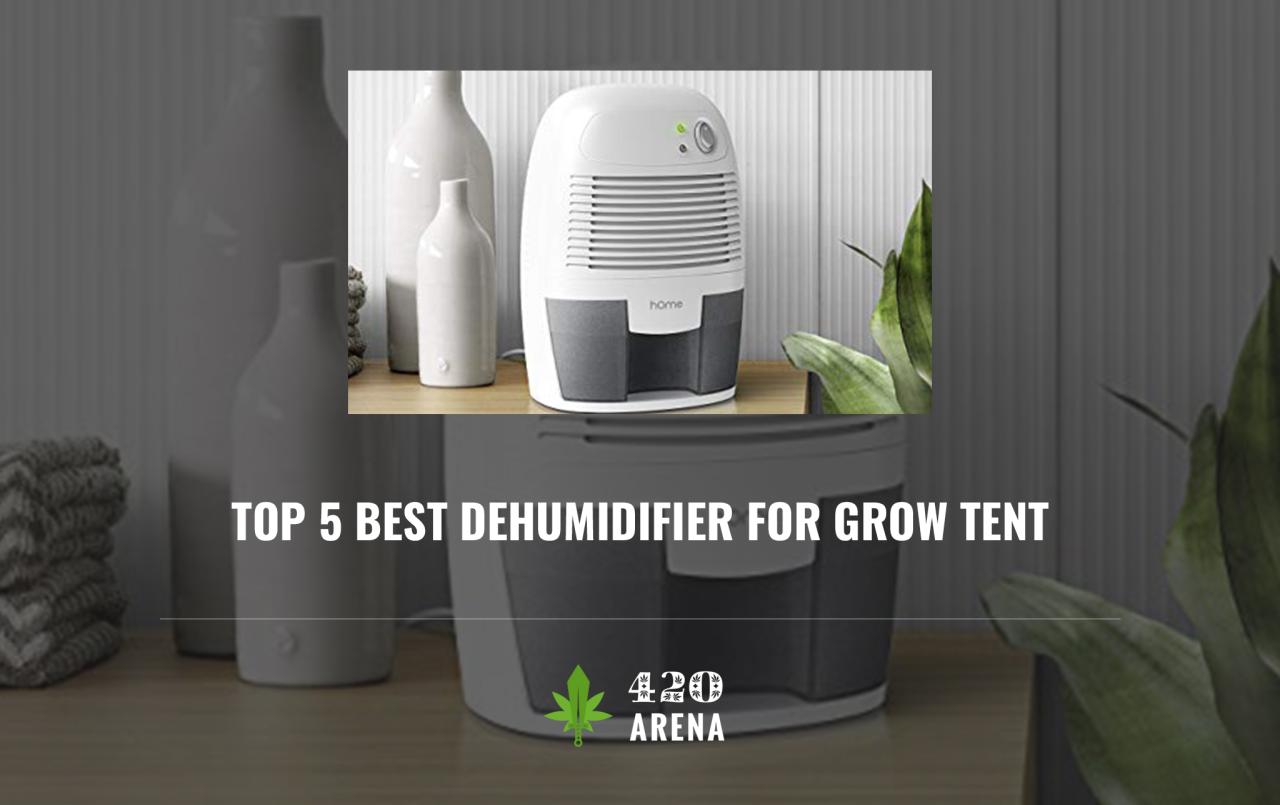
There are several types of humidifiers, each with distinct advantages:
- Ultrasonic Humidifiers: These use high-frequency vibrations to create a fine mist. They are energy-efficient and quiet, making them ideal for grow tents.
- Evaporative Humidifiers: These use a fan to blow air through a wet wick. They’re self-regulating, as they produce less moisture when humidity levels rise.
- Steam Vaporizers: These heat water to create steam, which is then cooled before being released. While effective, they consume more energy and can be less safe due to the risk of burns.
2. Capacity and Coverage
Like dehumidifiers, the size of your grow tent will determine the capacity you need. A humidifier’s capacity is generally measured in gallons:
- Small Tents: A unit that can hold 1-2 gallons is often sufficient.
- Medium Tents: Look for units that hold 2-4 gallons.
- Large Tents: You may need a humidifier that can hold 4+ gallons.
3. Humidity Control Features
When selecting a humidifier, consider the following features:
- Built-in Hygrometer: Helps monitor humidity levels so you can adjust settings as needed.
- Adjustable Mist Levels: Allows for customized humidity output based on plant requirements.
- Timer Function: Enables you to program the humidifier for specific times, optimizing energy use.
4. Maintenance and Cleaning
Regular maintenance is crucial for both humidifiers and dehumidifiers to ensure they operate efficiently and safely. Look for units that are easy to clean and have dishwasher-safe components.
Case Studies and Practical Examples
Real-life examples can illuminate the importance of selecting the right equipment for grow tents:
Case Study 1: Hydroponic Tomato Cultivation
A hydroponic tomato grower in a 4×8 tent struggled with high humidity levels, often reaching upwards of 80%. After installing a 50-pint dehumidifier with a hygrometer, they were able to maintain levels around 60%. This adjustment reduced the incidence of mold significantly, resulting in a healthier crop and a 30% increase in yield.
Case Study 2: Indoor Cannabis Grow
An indoor cannabis grower faced low humidity issues during winter months, leading to stunted plant growth. By integrating an ultrasonic humidifier with a 2-gallon capacity, they effectively raised humidity levels to the optimal range, resulting in lush, robust plants and a noticeable increase in trichomes, ultimately enhancing the potency of their harvest.
Choosing the right dehumidifier and humidifier for your grow tent is essential for cultivating healthy plants and maximizing yield. Understanding the specific needs of your plants, alongside the size and features of the equipment, will empower you to create the perfect growing environment. Remember to regularly monitor humidity levels, maintain your equipment, and adjust settings as needed. With the right tools in hand, you can take your indoor gardening to the next level, ensuring your plants thrive in optimal conditions.
